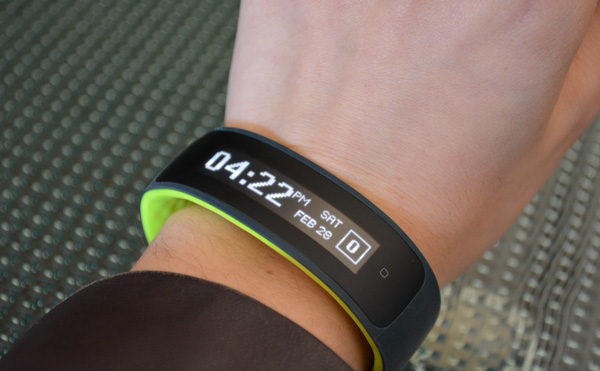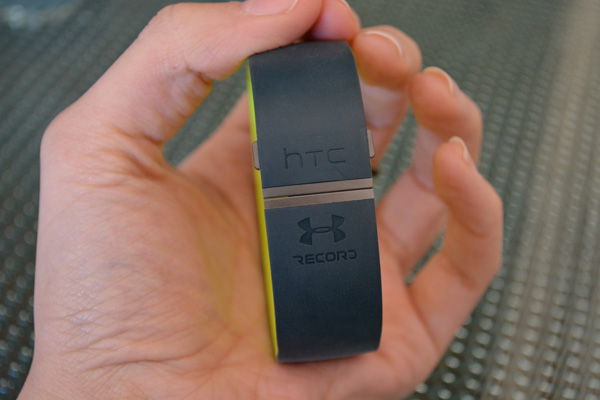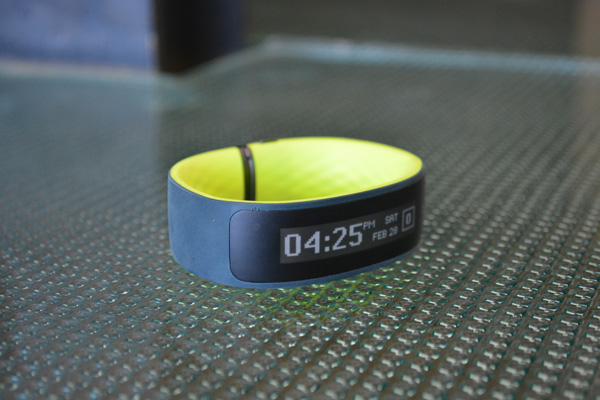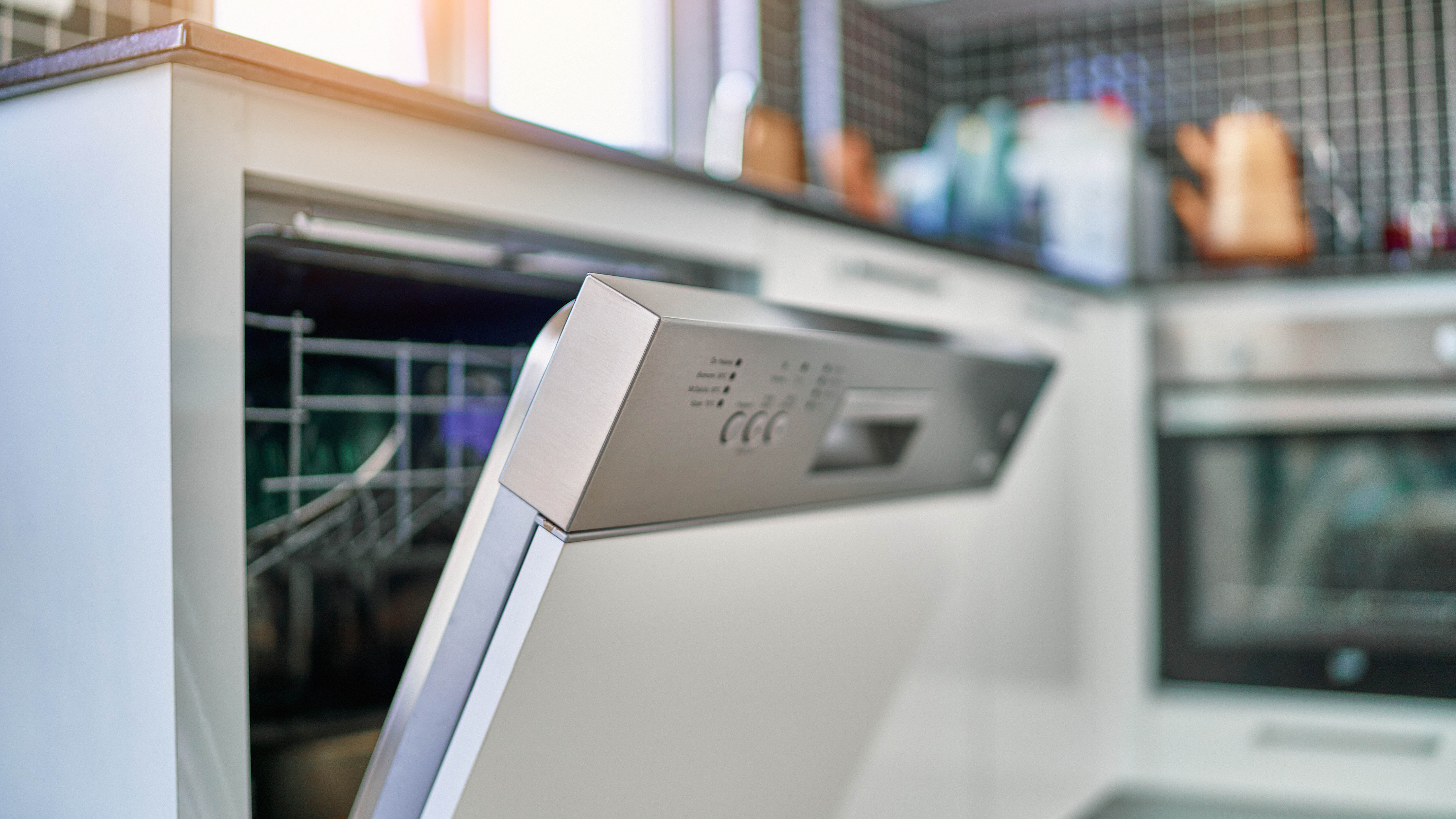HTC Grip vs. Microsoft Band vs. Fitbit Surge
HTC launched its first fitness tracker, the Grip, at Mobile World Congress, but how does it stack up against some of the toughest competition?

HTC ran into the fitness tracking arena at Mobile World Congress when it unveiled its Grip activity tracker, but it has some stiff competition. Its best ammo is its GPS functionality. HTC is banking on the $200 Grip becoming a hit with athletes and serious runners, but with rivals like the $200 Microsoft Band and the $250 Fitbit Surge, it's going to be a battle.
How the Competition Stacks Up
| Header Cell - Column 0 | HTC Grip | Fitbit Surge | Microsoft Band |
|---|---|---|---|
| Steps, Calories, Distance | Yes | Yes | Yes |
| Sleep Tracking | Yes | Yes | Yes |
| GPS | Yes | Yes | Yes |
| Heart Rate | No | Yes | Yes |
| Multiple Activity Modes | Yes | Yes | Yes |
| Display | 1.8-inch, 32 x 160-pixel, PMOLED touchscreen | 0.82 x 0.95-inch LCD touchscreen | 0.43 x 1.30-inch touchscreen |
| Compatibility | Android, iOS | Android, iOS | Android, iOS, Windows Phone |
| Battery Life | estimated 2.5 days, 5 hours with GPS | 1 week | 2 days |
MORE: Best Fitness Trackers
Design
The HTC Grip looks an awfully lot like Nike's FuelBand. Made of a waterproof plastic material, it comes in three sizes. A soft matte black covers the top while a lime green texturized underside shouldn't chaff your wrist. While the clasp on the unfinished model we tried was awkward, it's certainly better than the odd and uncomfortable clasp on the Microsoft Band. However, it cannot beat the natural fit of the watch-like silicon strap on the Fitbit Surge.
Display
The curved PMOLED display on the HTC Grip is bright and clear, but it's definitely the most primitive of the bunch. Yet, it is the longest screen, measuring 1.8-inches, which makes it easy to swipe back and forth to see all menu options. The Microsoft Band has the most vibrant screen, all the better to show off the colorful tile interface.

Activity Tracking
All three fitness trackers monitor steps, calories, distance and sleep. All three are meant for all-day wear. However, the Grip is intended for use as an exercise tracker, primarily, which is why HTC incorporated GPS into the wristband. Runners will be able to track distance and map runs when they pair the Grip to a smartphone. It measures calories and pace during those workouts by syncing to the Under Armour app.
Fitbit and Microsoft also have built-in GPS trackers inside, and both have embedded heart rate monitors as well. You can pair the Grip with Bluetooth heart rate monitors, if you want to track that metric.
While it's unclear how many activities the Grip will be able to track, the company has said it will be more than just running. The Fitbit Surge has a number of activity modes including indoor running, outdoor running, cycling, elliptical workout and pilates. The Microsoft Band can follow multiple activities, too. It also lets you download workout routines to the band, so you can follow along directly from your wrist when you're outside or in the gym.
Special Features
The HTC Grip can receive notifications from your smartphone when you get calls and texts, and you can send prerecorded responses from the band. There are also simple apps available for the Grip, including a calendar, a weather app and a music controller, which lets you skip and pause tracks while you're exercising.
Aside from the canned responses, the Fitbit Surge has all of these features as well. The Microsoft Band does as well, and the band just got an upgrade which included a small QWERTY keyboard that can pop up on the screen for you to type out quick text message replies.

Battery Life
HTC is claiming the Grip's 100mAh battery will last up to 2.5 days on a single charge, and up to 5 hours in GPS mode. That's slightly better than the Microsoft Band's 2 day life on two 100mAh batteries, but the Fitbit Surge can last an entire week on a single charge. A 5-hour GPS-mode battery life is on the low end, but it's pretty standard for GPS watches; the battery lives in both the Microsoft Band and the Fitbit Surge are dramatically reduced to a few hours when in GPS mode as well.
Bottom Line
The HTC Grip is a peculiar device. The company is positioning it as an athlete's device, but it lacks a heart rate monitor and includes smartphone notifications. While you could wear it all day long to track daily activity, it's better designed for running outside or on the treadmill.
While HTC covered many of the bases in its new fitness tracker, there are many more features it could have added to make it worth its $200 price. We're interested to test the GPS in the Grip to see how quick and accurate it is, and we want to judge the experience of using the Grip together with its companion app from Under Armour. The HTC Grip will be available this Spring for $199; stay tuned for our full review.
Follow Valentina Palladino at@valentinalucia. Follow Tom's Guide at @tomsguide and on Facebook.
Sign up to get the BEST of Tom's Guide direct to your inbox.
Get instant access to breaking news, the hottest reviews, great deals and helpful tips.
Valentina is Commerce Editor at Engadget and has covered consumer electronics for a number of publications including Tom's Guide, Wired, Laptop Mag and Ars Technica, with a particular focus on wearables, PCs and other mobile tech.

